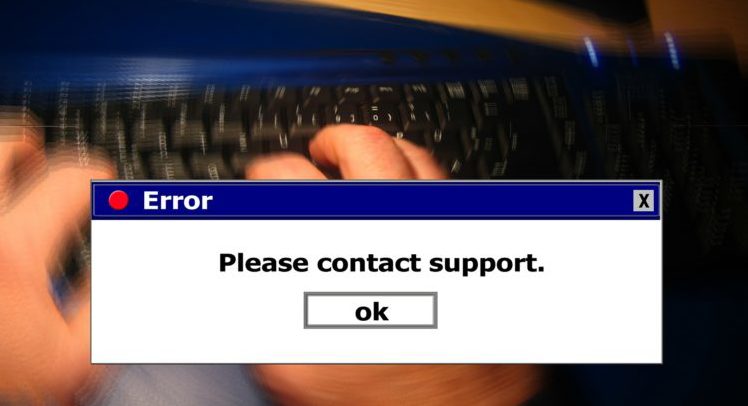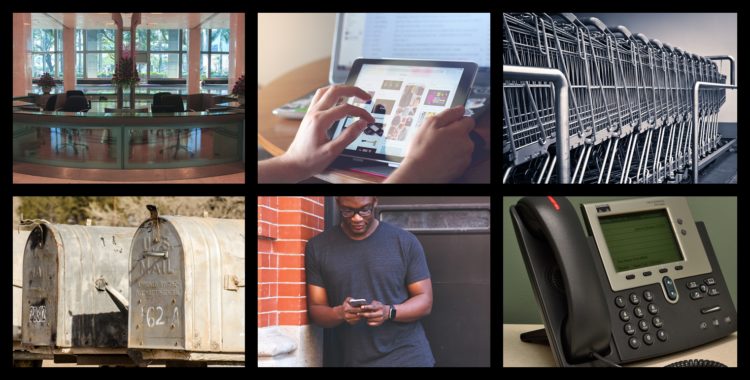Have you had enough of the term omnichannel? It blasted into our vocabulary a few years ago, shoving out multichannel as the preferred ubiquitous business speak of our time.
Omnichannel paints a picture of an all-knowing customer journey. It’s agnostic about your specific channel sins, and instead is forgiving and welcoming to all. It’s an inclusive way to invite more customers into your well-prepared and personalized customer experience.
Don’t sweat the single channel any more. It’s all about the omnichannel experience.

So… what does that actually mean?
If there’s one thing that’s not quite ready for prime time, it’s an omnichannel experience. We get a vision of seamless interactions and effortless business. Customers can jump from the fancy mobile app to the highly personalized AI chatbot without missing a beat.
But let’s face it. Most of our experiences as customers are not like this. We tell our story several times to the receptionist, the service agent, and the next level support manager. Our experience reflects the way we channel hop, but our story often doesn’t.
This means brands see us as a ping, a technical bounce from one channel to the next.
The best omnichannel experiences consider more than simply adding channels. They consider the customer in a highly personalized way. How?

This should be true regardless of the channel or the strategy, but it can still be overlooked.
Customer journey maps and feedback mechanisms can help! But don’t pilot each channel on an island. I’ve seen many strategies overshadowed by silos and their territorial chiefs. If you want your NEW channel to be part of your strategy, you must understand how it will serve the customer on his or her journey.
Don’t rely on process flows to show you the way. Rely on what customers have already told you about their pain. If you don’t use the information from one channel to the next to serve customers better, another channel with the same issue will not help.
Learn how your customers want to be served. Learn what the journey is like for them, from their perspective, not yours. And then decide the best way to integrate each channel into that journey.

To really get it right, you need to consider the ways a customer might come into contact with your brand, and the various entry points from there.
For example, in B2B sales today, it’s not enough to bank on your sales people being the sole entry point for customers. Today’s customers rely on outside resources like online reviews and social media as avenues to your brand. If your strategy ignores those areas, you neglect a major way your customer seeks answers.
While you don’t own those review sites, it’s important you actively engage with them. And while your new artificially-intelligent chat bots might delight some customers, others might insist on a real person-to-person phone call. If you sacrifice one channel for another, be prepared to set very different expectations with your customer segments.

Customers expect you to know their story and history with your brand, regardless of the channel. This has been true since before we had the term omnichannel.
Watch your customer feedback for ways omnichannel might not be living up to these expectations. When customers don’t feel recognized or heard, many times it’s because they had to repeat themselves or feel unrecognized in certain channels.
Customers expect you to know them, recognize them, reward them for their loyalty, and work together to solve their issues. That is omnichannel for customers.
Do you have an omnichannel strategy that delivers or an omnichannel dream that disappoints?
 Jeannie is an award-winning customer experience expert, international keynote speaker, and sought-after business coach who is trailblazing the movement from “Reactive Customer Service” to “Proactive Customer and Employee Experience.” More than 500,000 people have learned from her CX courses on LinkedIn Learning, and her insights have been featured in Forbes, The Chicago Tribune, The Wall Street Journal and NPR.
Get Jeannie’s insights in your inbox each week by subscribing to The Weekly Win and follow her on LinkedIn, Instagram and YouTube.
Jeannie is an award-winning customer experience expert, international keynote speaker, and sought-after business coach who is trailblazing the movement from “Reactive Customer Service” to “Proactive Customer and Employee Experience.” More than 500,000 people have learned from her CX courses on LinkedIn Learning, and her insights have been featured in Forbes, The Chicago Tribune, The Wall Street Journal and NPR.
Get Jeannie’s insights in your inbox each week by subscribing to The Weekly Win and follow her on LinkedIn, Instagram and YouTube.